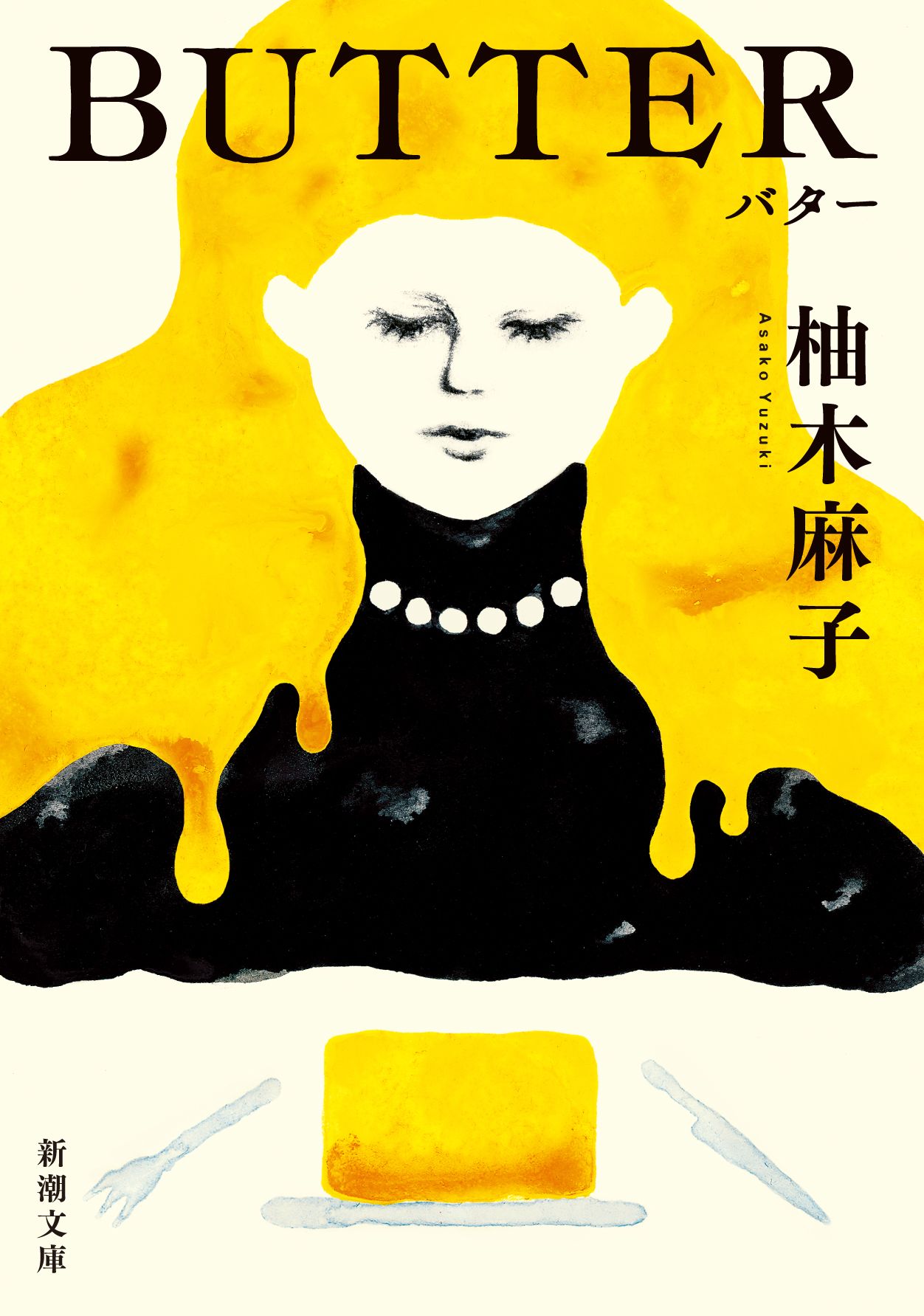
The Unforgettable Flavor of “Butter”
Books Food and Drink- English
- 日本語
- 简体字
- 繁體字
- Français
- Español
- العربية
- Русский
How do flavors lodge themselves in our memories?
“Delicious” is a sentiment expansive enough to include aroma, temperature, and perhaps even sound in the way that we struggle to convey our feelings in words. Still, it seems unlikely that there will ever be universal agreement on what tastes good.
Even so, surely we all have a few delicious memories that refuse to fade with the passage of time—memories of flavors that, when recalled or imagined, evoke a wistful sigh or make our mouths water.
In Yuzuki Asako’s Batā (translated by Polly Barton as Butter), the taste of butter is depicted as one such flavor, and as an important factor in the narrative.
“Rice with Butter and Soy Sauce”
The story is led by two women.
One is Kajii Manako, known as “Kajimana,” who, though neither young nor beautiful, dangled prospects of relationships and marriage before multiple men before killing them. Partly because Kajii used the money she obtained from these men during their relationships to live a luxurious lifestyle that she detailed in a blog, her case drew a great deal of attention, but following her arrest she denied her guilt and refused all media interviews.
This description might bring to mind the real-life figure Kijima Kanae, also known as the “Konkatsu Killer”—the name konkatsu meaning the activities people hoping to marry take part in to meet and choose partners—who is now on death row in a Japanese prison for a series of murders in the 2000s. Butter, however, shines a powerful spotlight on its other lead, Machida Rika, and sets off in the direction of another story.
Rika is a scoop-hunting reporter for a weekly news magazine who has been trying to secure an interview with Kajimana. After writing countless letters with no response, what finally opens the door for her is a request for the recipe to a certain meal that Kajimana made for one of her victims.
Is Kajimana really a murderer? What was her motive? Initially, Rika hopes to uncover the truth through her interviews, but as time passes, she comes to crave more conversation with Kajimana and visit her more frequently. Gradually, she begins to speak and act unlike her usual self. A friend worries about her, saying that she sounds like some kind of Kajimana devotee, but Rika is undeterred.
The catalyst for this transformation was butter.
On their first meeting in the prison’s visiting room, Kajimana tells Rika, “You must make yourself rice with butter and soy sauce.” Work has always taken precedence over domestic life for Rika, but at this murmured command she goes out to buy her very first rice cooker and some French butter that costs more than she has ever spent on a single ingredient before.
Onto a bowl of piping-hot rice goes a slice of butter fresh from the fridge, followed by a drop of soy sauce. And then:
The first thing Rika felt was a strange breeze emanating from the back of her throat. The cold butter first met the roof of her mouth with a chilly sensation . . .
At this moment, the relationship between the two women, supposed to be under Rika’s control, begins to change. And butter makes an appearance at each point along the journey.
Late one night, Rika makes pasta with butter and pollock roe. Dining out, she eats all her garlic-butter rice and then her companion’s portion too. In the wee hours of the morning, she goes out for salt butter ramen, with “plenty of butter.” She spreads butter thickly on a slice of baguette at a ritzy French restaurant, and for Valentine’s Day she bakes a buttery cake.
She does all this at the command of Kajimana, who despises margarine and sees butter as all-important. As if becoming Kajimana’s disciple, Rika is captured by butter as well, and her once-slim body grows plump.
Giving Yourself Permission
It feels as if the author, through these changes in Rika, is asking the reader, “Are you free? Are you able to accept who you are?”
Even as she grows fat and attracts ridicule from those around her, Rika remains unfazed. By awakening to the appetites that she previously kept under control and giving herself permission to indulge them, she has come to feel freer than she ever has before.
Better to be skinny.
Better to be pretty.
Better not to ask too much.
The world is filled with unwritten rules like this. And, sadly enough, women subject themselves to more rules than men.
But Kajimana (and Kijima Kanae), as Rika sees it, seems to effortlessly transcend those rules.
What the public found most alarming, even more than Kajii’s lack of beauty, was the fact that she was not thin. [. . .]
And yet, Kajii had given herself that permission. Ignoring other people’s yardsticks, she had decided that she was enough as a woman.
Rika’s encounters with Kajimana, and with butter, spur her to decide that she, too, is enough as a woman. When she eats butter, she recalls Kajimana; she continues eating butter in order to continue speaking to Kajimana. And butter was a symbolic food for Kajimana, too.
We pass with our bodies through many experiences. Some are sad or painful, while others are fun or happy. New acquaintances are made and old acquaintances depart our lives. Flavors linger in our bodies as memories we cannot forget, and those memories shape our behavior.
The author displayed a truly fearsome acuity in naming this story Butter.
In 2024, Polly Barton’s English translation won the prestigious British award, the Waterstones Book of the Year. This triumph, seven years after the book’s original publication, in a country where few people even know the Kijima Kanae case, surely proves that the “unforgettable flavors” and human relationships depicted in Butter—not to mention the stifling situation of women unable to give themselves permission—are themes shared around the world.
(Originally published in Japanese on January 17, 2025. Banner images courtesy Shinchōsha and 4th Estate.)


